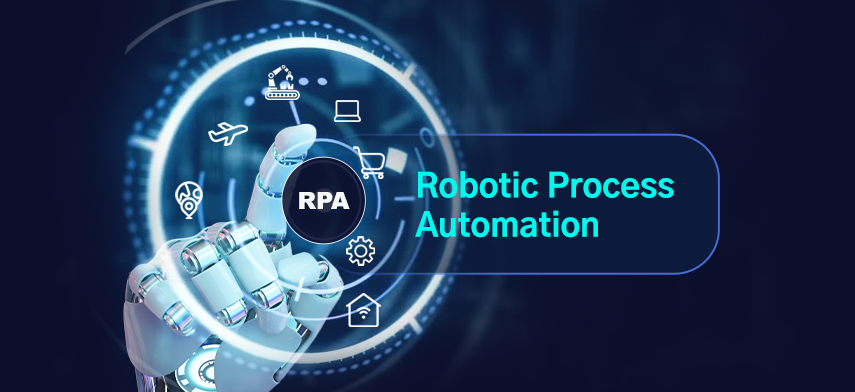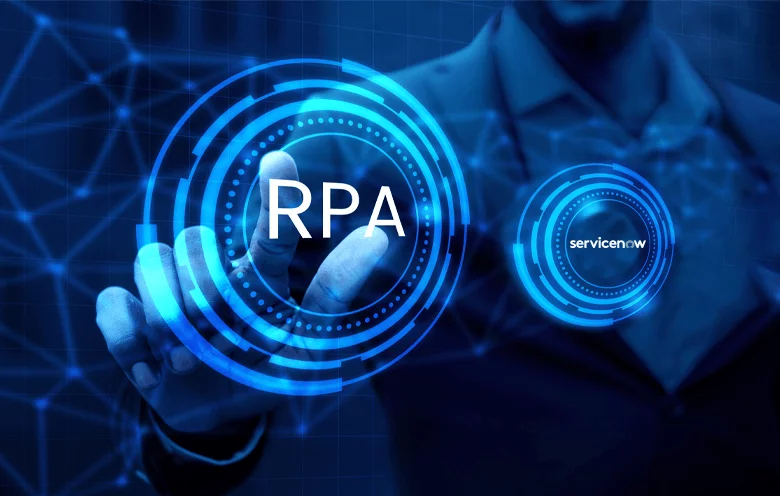

Robotic Process Automation (RPA)
Robotic Process Automation (RPA) uses intelligent software bots to automate repetitive, rule-based tasks across various business functions, such as data entry, invoice processing, reporting, and system updates. These bots operate across multiple applications just like a human would—logging in, copying and pasting data, sending emails, and generating documents. By handling high-volume tasks with speed and precision, RPA minimizes human error, reduces processing time, and ensures consistent compliance with organizational policies. By integrating RPA into their workflows, organizations can significantly improve operational efficiency and scalability while freeing up employees to focus on more strategic, creative, or customer-centric activities. This shift not only boosts workforce productivity but also enhances employee satisfaction and customer experience. Whether used in finance, HR, IT, or customer support, RPA plays a critical role in digital transformation by enabling faster execution, improved accuracy, and long-term cost savings.
Robotic Process Automation (RPA) is a transformative technology that enables businesses to automate structured and repetitive tasks by deploying software robots (bots) that emulate human interactions with digital systems. These bots can log into applications, process data, complete transactions, and respond to routine queries—across a wide variety of enterprise functions including finance, HR, supply chain, and customer service.
By removing the burden of time-consuming manual tasks, RPA helps organizations increase process speed, accuracy, and compliance while freeing up employees to focus on strategic and creative work. Unlike traditional automation that requires complex programming or system integration, RPA is lightweight, non-intrusive, and can work across existing systems without altering underlying infrastructure. This means faster implementation, easier scalability, and minimal disruption to current operations.
Modern RPA solutions also integrate with artificial intelligence (AI) and machine learning (ML) to perform cognitive tasks such as natural language processing, image recognition, and decision-making based on unstructured data. This evolution into Intelligent Automation enables organizations to not only automate tasks but also improve them through self-learning systems, analytics, and adaptive workflows.